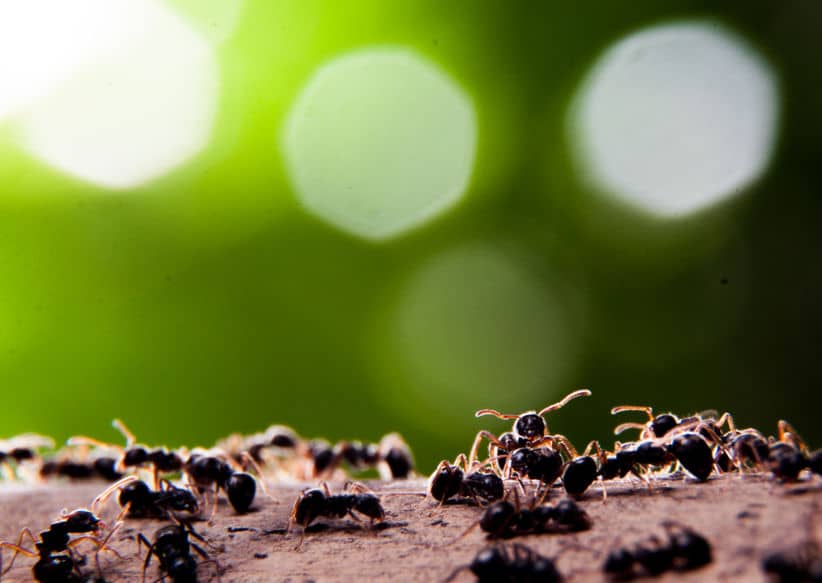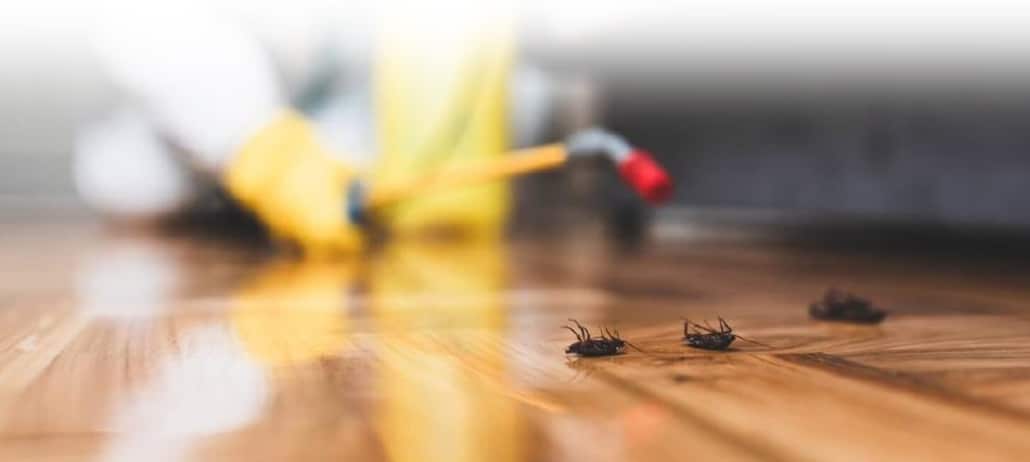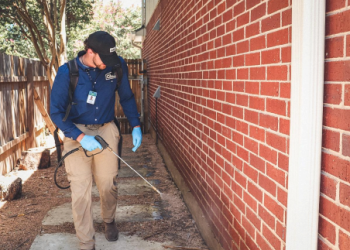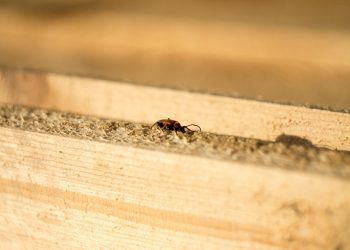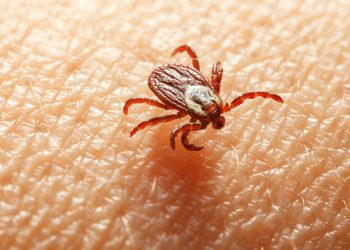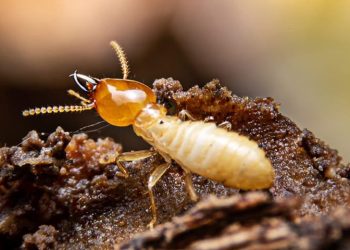Table of Contents
Spring is a season of rebirth when everything appears to bloom back to life. Trees open their leaves, and insects emerge from their winter hiding places.
But that’s also when the problems begin; some spring pests are more problematic than others. With the thawing of frozen ground and the awakening of dormant insects, pests of all kinds start their seasonal migrations in search of sustenance such as food, water, and shelter.
This season change can be problematic for tenants because pests take advantage of the comfy confines of human homes. Springtime brings a range of unwelcome guests into houses and apartments alike, from tiny ants marching relentlessly into kitchens for crumbs to sneaky rodents looking for comfortable nesting locations.
To correctly identify, prevent, and control infestations, tenants must thoroughly understand these pests’ patterns, behaviors, and habits. If you’re an experienced or a first-time renter preparing your rental for summer, continue reading below, as this article provides everything you need to know about pests to watch out for during spring.
Common Pests that Appear During the Spring Season
Termites
Although it is hard to believe, termites are the most destructive pests in our area. We witness them more often than you may realize. Furthermore, the fact that homeowner’s insurance does not cover termite damage makes it heartbreaking.
The damage is even worse when people do not notice it right away. Because keeping an eye on your rental property is so important, Professional Property Management of Northern Virginia can assist with your regular maintenance schedule.
Termites can withstand the severe winter weather humans experience by venturing further into their underground lairs. Even though our cities are filled with tons of concrete and metal, termites won’t let that stop them.
They will search for food sources other than merely rotten or wet wood. Books, newspapers, drywall, cardboard boxes in a basement, and many other items could be their food sources.
Ants
A well-known children’s story describes how the diligent ant stays in its colony during the colder months and forages for food on warm days. This is not simply a children’s tale; ants use the rising temperatures to their advantage as they look for food sources, which is how they occasionally wind themselves in residential areas.
Many ant species, such as pharaoh ants, may carry disease and bacteria, although most ant species found in homes are not. This insect can ruin wood, electrical wires, insulation, and garden plants.
Bats
Among the animal species that hibernate in the winter are bats, who frequently seek out warm places to stay warm. They become more active as the winter heat breaks, searching for food and water.
Aside from their natural homes, bats love attics’ warm, gloomy, and dark conditions. Although they are not directly dangerous, they could be the source of more than 60 viruses that can kill people.
Unlike other species, bats can only be managed by relocating them. Once you’ve moved, close any openings to begin bat-proofing your home. Consult experts for safe pest eradication.
Mosquitoes
Mosquitoes are one of the most recognizable and despised bugs worldwide. When the temperature frequently reaches around 50 degrees Fahrenheit, they multiply and keep doing that until winter.
The warmer the weather, the faster they mature, but with a focused effort in the spring, you can halt them in their tracks.
Pest Prevention Tips for Tenants
Clean Regularly
This step is quite vital for three reasons. First, pests are drawn to any source of food. They will gather around food spills, dirty dishes that have yet to be cleaned up promptly, and areas where food residue tends to accumulate, such as stovetops, microwaves, and refrigerators.
Second, pests enjoy clutter because it provides plenty of places to hide and develop their nests. Every part of the property should be as clean and orderly as possible.
This includes keeping up with laundry heaps, organizing and decluttering storage rooms, and removing exterior leaf and debris mounds. Third, some bugs are drawn to dust, dirt, grime, and cobwebs; removing these attractants is critical.
Empty the Garbage
To avoid pest-attracting odors, dispose of rubbish fully by frequently shutting and emptying trash cans. Also, rinse recyclables before putting them in boxes to remove any meal residue that can appeal to pests. Avoid putting trash bags outside for extended periods since they may attract pests.
If your rental home has common garbage cans, close the lids properly and report any overflowing bins to property management immediately. Keeping garbage properly controlled and disposed of will prevent pests from congregating near your home and reduce the risk of infestation.
Properly Store Items
Pests like carpet beetles and clothes moths revel in chewing on stored fabric, while silverfish and cockroaches enjoy feeding on paper. Any such things in storage should be kept hidden and housed in firmly sealed boxes of wood, metal, or rigid plastic.
Cardboard boxes should be avoided as much as possible because they can be easily chewed—place deterrents such as dryer sheets or moth balls inside storage boxes to prevent pests further.
Property Management Role to Address Pests Concerns
Regular Inspections
Regular inspections are essential to property management’s involvement in resolving pest issues. Property managers conduct routine inspections of rental units and common areas to proactively discover signs of pest infestations or potential entry points.
These inspections allow for the early discovery of pest infestations, enabling timely intervention and mitigation measures.
Property managers can efficiently monitor the pest situation on their property, address issues quickly, and keep tenants in a pest-free environment by remaining watchful and conducting frequent assessments.
This proactive approach reduces the likelihood of worsening pest-related issues while providing all residents with a comfortable and healthy living environment.
Maintenance
Property management is critical in managing pest issues through maintenance. This includes promptly addressing structural flaws such as leaks, cracks, or openings that could allow pests to enter. Regular maintenance checks help discover and eliminate potential pests harborages, reducing the likelihood of infestation.
Also, good waste management and sanitation in common spaces aid in pest prevention. Property management can reduce pest infestations by immediately prioritizing and completing maintenance work, providing tenants with a comfortable and healthy living environment.
Final Thought
Pest prevention is the easiest way to keep undesirable, disease-carrying pests from your home. Tenants should be proactive in cleaning up garbage and debris and ensuring that their pets are well protected against fleas and other critters that can get into the property.
Most importantly, before signing a hire settlement, speak to your landlord or belongings manager about pest removal guidelines. Additionally, enforcing green pest control methods can make certain a secure and sustainable pest management method. With awareness and preventive actions, tenants can revel in a pest-free spring and contribute to the overall well-being of their homes and groups. The more questions you ask before trouble arises, the more organized you’ll be when it happens.

